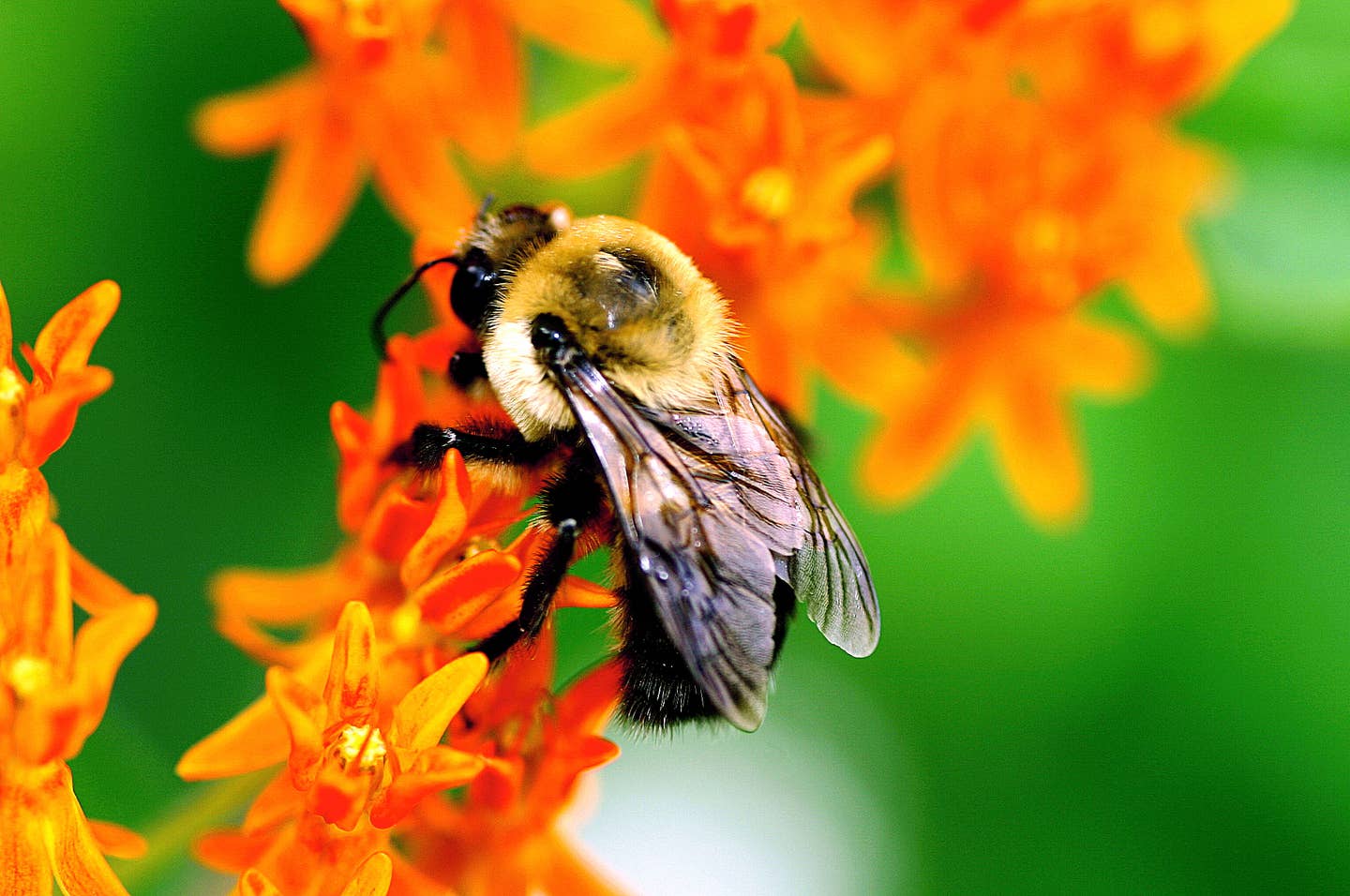
A group of Japanese scientists is working on a drone solution for the declining honeybee problem. Wikimedia Commons/Kabir Bakie
The ever-dwindling population of honeybees in North America and Europe is not a new problem. With a few rare blips on the survival tracking charts, nearly 45 percent of honeybee colonies still die annually. A group of Japanese scientists, however, believe a tiny drone could become a solution to the pollination deficit caused by the decline in the bee populations, if they can control the drones, of course.
While the jury’s still out on what’s killing the hives — mites, warmer temperatures, insecticides or some combination of all of these things — the need for solutions to the chaos caused by the lack of honeybees to carry out their pollination tasks grows more urgent each year, researchers say. Most of the food grown on Earth depends upon honeybees for pollination.
The scientists in Japan believe a tiny off-the-shelf drone about the size of a hummingbird could be programmed to mimic both the flight and landing characteristics of a honeybee. The bottom of the quadcopter would be modified with bits of horsehair paintbrush covered with a gooey gel designed to capture pollen from one plant before the machine heads off to visit another.
There is one small problem scientists have yet to work out: controlling the drone. Right now, they still demand a human operator, making them somewhat impractical. Scientists hope GPS-based route programming will allow the drones not only to make the leap from flower to flower, but also do it without ruining the plants in the process. One other drawback, of course, is that drones will never produce honey.

Subscribe to Our Newsletter
Get the latest FLYING stories delivered directly to your inbox






